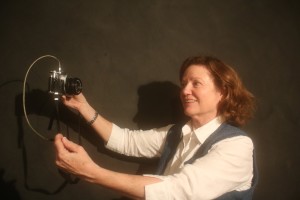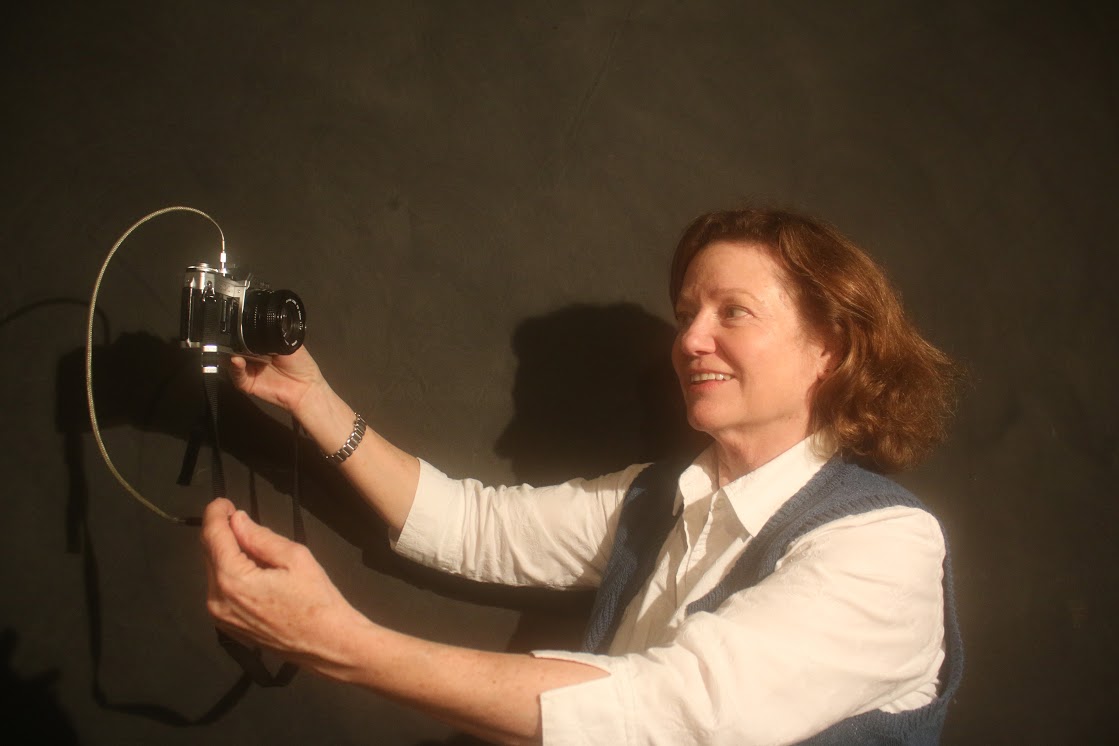Paula Campbell discusses Iphoneography as Artist in Residence

Each year, the art department at Maryville College welcomes an Artist in Residence to spend a week at the college reviewing student portfolios, giving lectures, and providing insight into the art world after graduation.
This year, MC’s own Paula Campbell was the Artist in Residence. Because her specialty is photography, Campbell spoke to students on “Iphoneography” during her residency.
Like many of her students Campbell began doing photography in college.
As a design major at Michigan State she took her first photography class and was immediately hooked. She, like few others, has seen the switch from film to digital.
For Campbell the switch from design to photography was simple because as a design major she was already comfortable with computers. Programs like Photoshop that came about in the birth of digital just added to her already impressive resume.
She began teaching photography in grad-school after one of her professors told her she would be teaching two classes. “I was horrified,” said Campbell, “but eventually I loved it and I enjoyed watching people discover what they could do.”
Campbell started with film and used digital as it progressively got better. Campbell believes that film has not become obsolete or what most people consider a relic of the past.
“The possibility of film has not been exhausted by any means and can live happily along with digital (photography),” said Campbell. However, as she discussed in her lecture, “Digital has changed photography forever.”
In her lecture, “Introduction to Ip honeography,” Campbell discusses how convenient the IPhone is and how easy it is for photographers to share their work.
“The IPhone is not just a toy anymore, many fine artists and professional photographers use it as another medium,” said Campbell.
“I like to use it like a sketch book. If I’m thinking of a photograph I can take it quickly with my phone and come back to it with other equipment.”
In many cases the IPhone has become the primary option. In countries were there is tension or conflict photojournalists have resorted to using their IPhones instead of more intimidating SLR cameras.
Jack Hollingsworth, a 30 year old photography veteran, has worked in all forms of commercial photography including journalism. Hollingsworth has used the IPhone as his main tool. “Photographing in a post 9/11 world, people are more comfortable with something more personal such as the IPhone,” said Campbell.
The idea of the IPhone is not just for professionals, but is for putting photography in the hands of everyday people. In Campbell’s lectures she discussed the basics of how to use the camera on your IPhone along with a few editing apps that break down the mechanics of the picture.
From highlights to contrast Campbell showed how much you can really change the quality of a photo. She states that the three things that can either make or break a picture are tonality, color contrast, and sharpening, all of which can be adjusted on the basic camera app. “It can take a flat photo and give it that 3D illusion”, said Campbell.
Even though the photography business has seen major changes since the coming of digital Campbell has remained sympathetic to the romanticisms of film. Some of her recent projects have focused on the process and techniques in the dark room.
In her latest project “Fabric” Campbell photographs different fabrics concentrating on some of the basic fundamentals of film. In the darkroom she practices different techniques that can be seen in her work, “Just like in Photoshop, you still have complete control over your photo, and in some cases even more,” said Campbell.
For Campbell, photography will always be a modern and nostalgic art form. No matter the change in culture or technology, Campbell has always found her way back to the darkroom. “There is nothing like watching the image coming to life right in front of you and realizing, ‘I got the shot,’” said Campbell.

